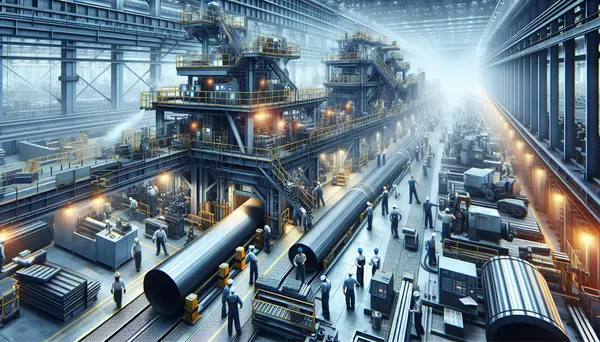Weldability
Weldability
Was ist Schweißbarkeit?
Der Begriff Schweißbarkeit (Engl. Weldability) bezieht sich auf die Fähigkeit eines Metalls oder einer Legierung, in einer geschweißten Struktur ein zufriedenstellendes Verhalten aufzuweisen. Er bestimmt, wie gut sich ein Material mit einem anderen durch Schweißen verbinden lässt.
Warum ist Schweißbarkeit wichtig?
Die Schweißbarkeit ist für die Stahlproduktion und den Stahlhandel von großer Bedeutung. Das liegt daran, dass das Schweißen eine der wichtigsten Methoden zur Verbindung von Stahlteilen in vielen Branchen ist, von der Automobilindustrie bis zur Schiffs- und Brückenbau. Ein hoher Grad an Schweißbarkeit ist oft ein Schlüsselindikator für die Qualität eines Stahlprodukts.
Was beeinflusst die Schweißbarkeit?
Mehrere Faktoren können die Schweißbarkeit eines Stahls beeinflussen. Dazu gehören die chemische Zusammensetzung des Stahls, sein Kohlenstoffgehalt, die Mikrostruktur und die Wärmebehandlung während des Schweißverfahrens. Zum Beispiel haben Stähle mit einem hohen Kohlenstoffgehalt oft eine geringere Schweißbarkeit, weil sie beim Abkühlen schneller härten und dadurch Risse entstehen können.
Wie wird die Schweißbarkeit gemessen?
Die Schweißbarkeit wird oftmals durch spezielle Tests gemessen. Diese Tests untersuchen, wie ein Material auf die extremen Temperaturen und Druckverhältnisse während des Schweißvorgangs reagiert und wie gut die geschweißte Verbindung hält. Diese Tests bieten wichtige Anhaltspunkte für die Auswahl des richtigen Typs und Qualität des Materials für eine bestimmte Anwendung.
Zusammenfassung
Die Schweißbarkeit ist ein Schlüsselfaktor in der Stahlproduktion und im Stahlhandel. Sie bestimmt, wie gut sich Stahlteile schweißen lassen und beeinflusst damit die Qualität und Langlebigkeit des Endprodukts. Mit der Wahl des richtigen Stahls und modernen Schweißverfahren können Hersteller und Händler die Schweißbarkeit verbessern und somit qualitativ hochwertige Produkte liefern.
Blog Posts with the term: Weldability
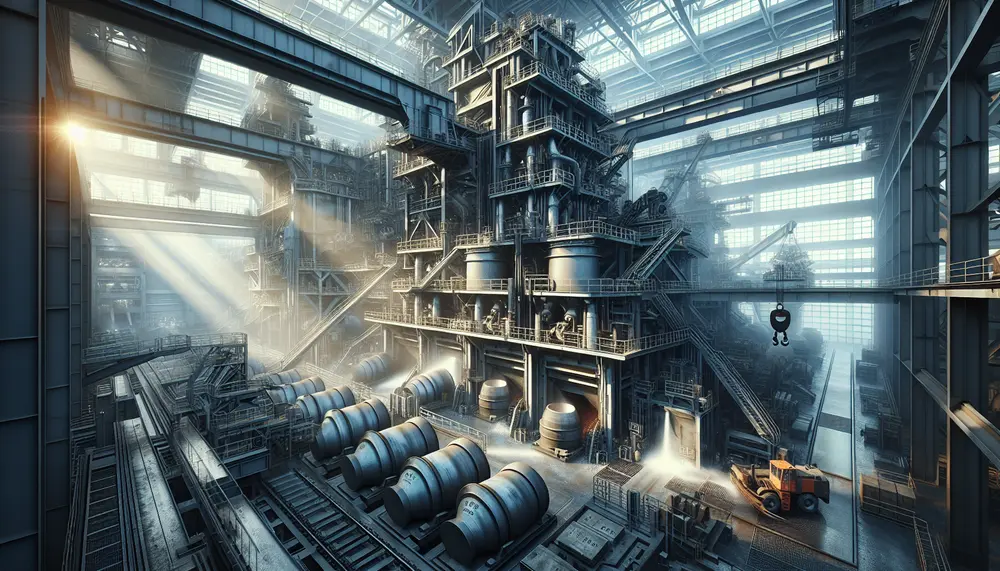
The steel making degassing process is essential for producing high-quality steel by removing dissolved gases like hydrogen, nitrogen, and carbon monoxide to prevent material defects. Vacuum degassing enhances the mechanical properties of steel, crucial for applications in construction and manufacturing,...
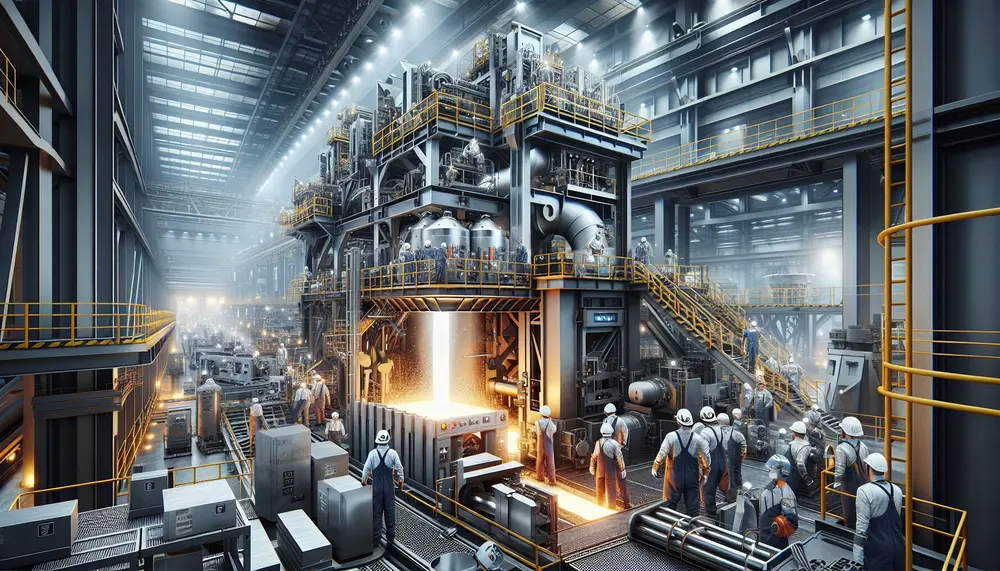
The Argon Oxygen Decarburization (AOD) process is essential in producing high-quality stainless steel by refining molten steel to reduce carbon content while preserving valuable alloying elements like chromium. This method, involving precise control of gas mixtures and temperatures during decarburization,...
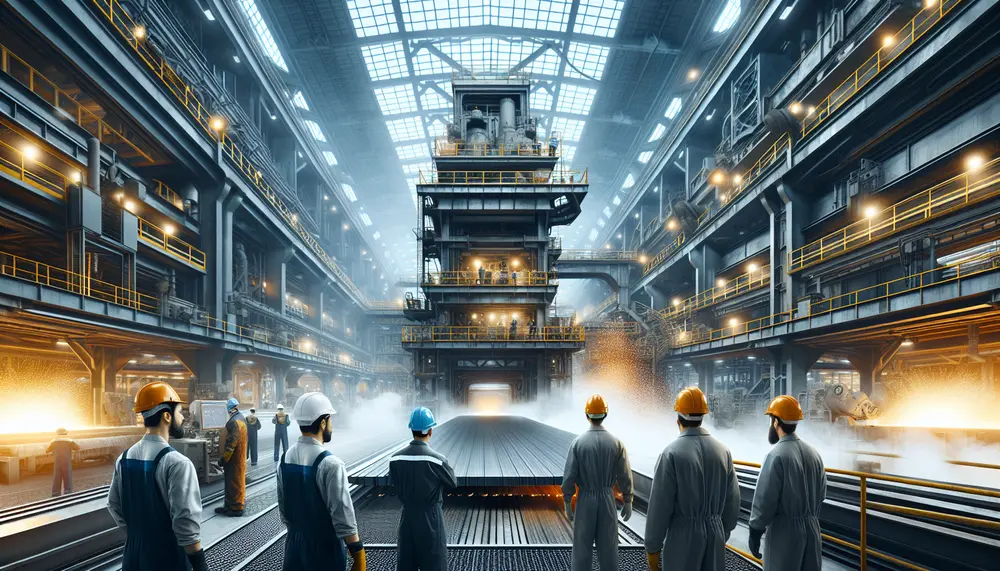
Steelmaking oxidation is a critical process in steel production, involving the intentional addition of oxygen to molten iron to trigger chemical reactions that remove impurities like carbon, silicon, and phosphorus, thereby enhancing the quality and properties of steel. This process...
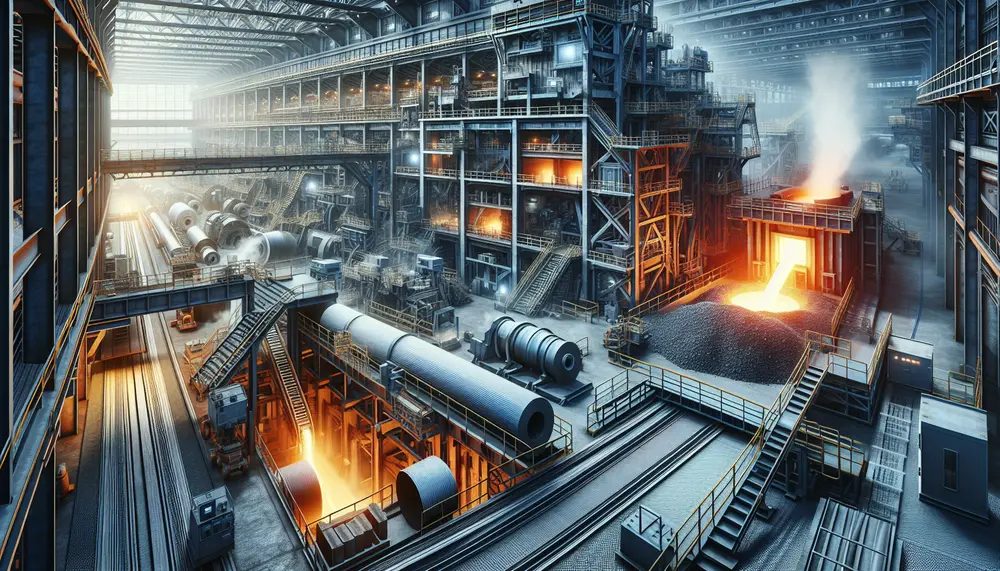
JSW Steel employs advanced technology and sustainable practices in its steel manufacturing process, starting with the selection of raw materials like iron ore and coal. The company focuses on producing high-quality steel through a series of steps including melting, refining,...
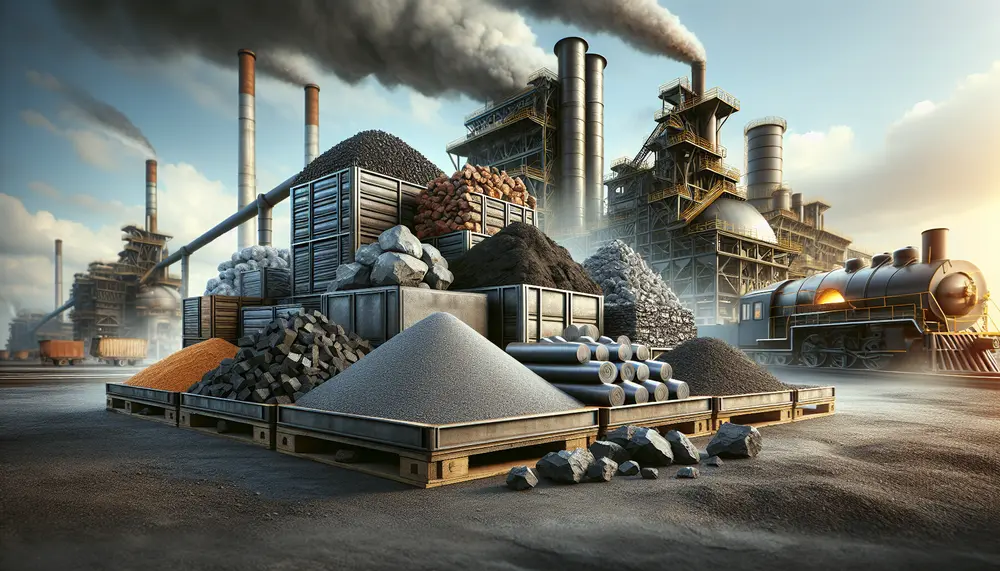
Steel production relies on a balance of raw materials like iron ore, coal, limestone, and scrap metal to determine the characteristics of different steel types. Understanding these ingredients is crucial for industry professionals as they influence strength, durability, and quality...
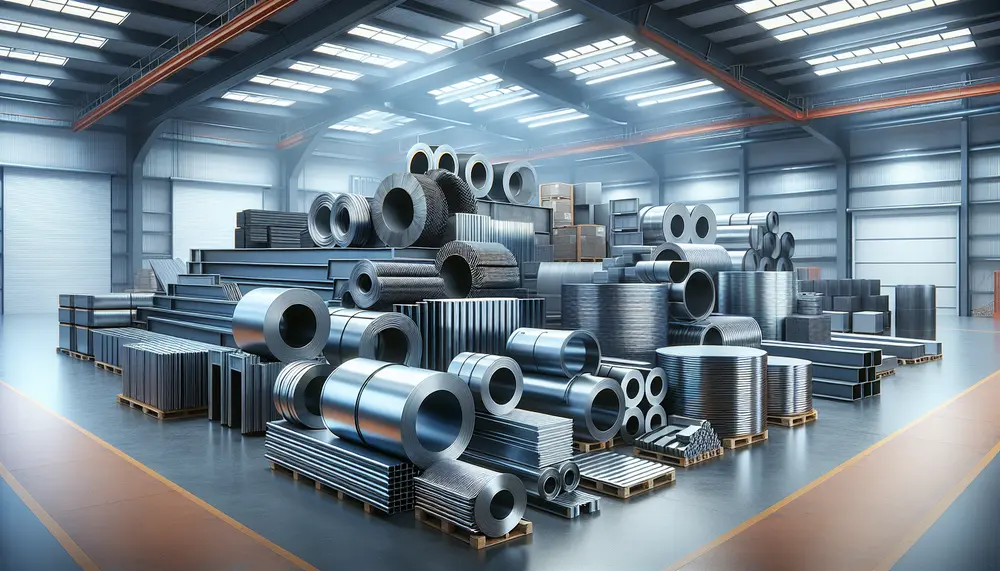
Steel is an iron-carbon alloy with varying carbon content that determines its hardness, ductility, and tensile strength; other elements like chromium can be added to enhance specific properties such as corrosion resistance. Steel products are categorized into four main types:...
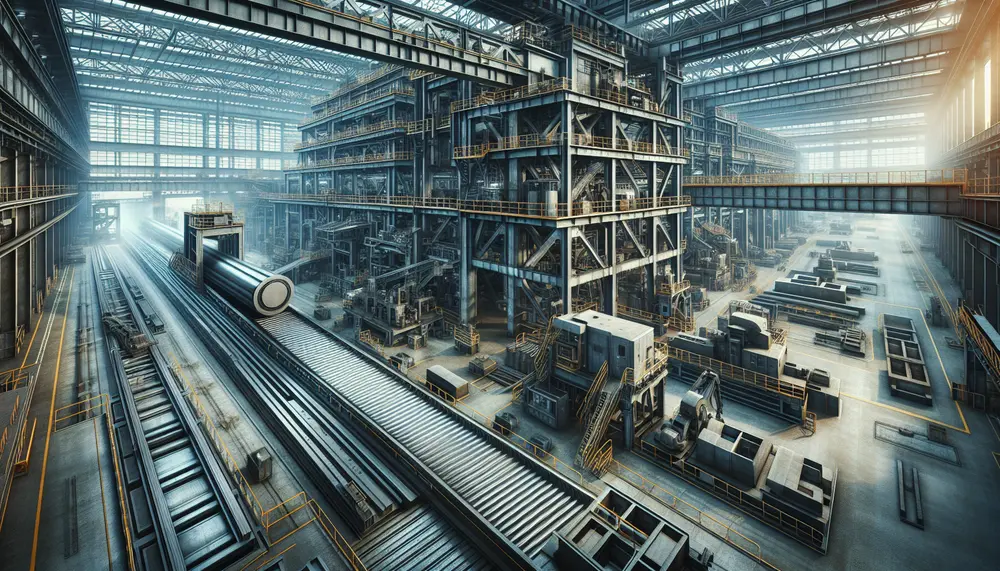
Steel manufacturing is a complex, multi-stage process that transforms raw materials into the durable metal essential for modern infrastructure. It begins with extracting iron ore and progresses through various phases including blast furnace operation and primary steelmaking methods like Basic...
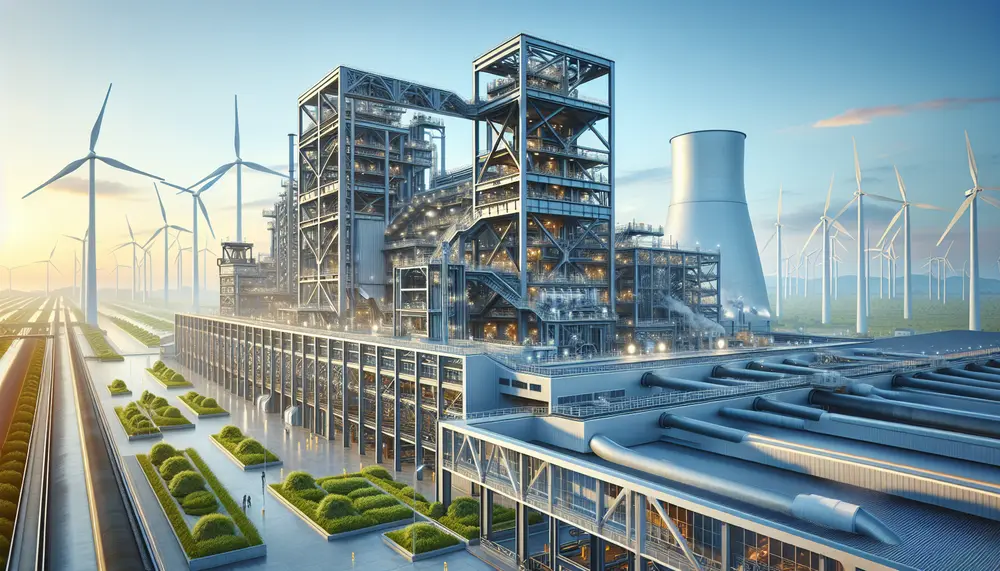
Steelmaking without coal, utilizing electricity and hydrogen from renewable sources, offers a sustainable alternative to traditional methods by reducing carbon emissions. The shift towards green steel production is driven by innovations like electric arc furnaces and low-carbon materials, with industry...
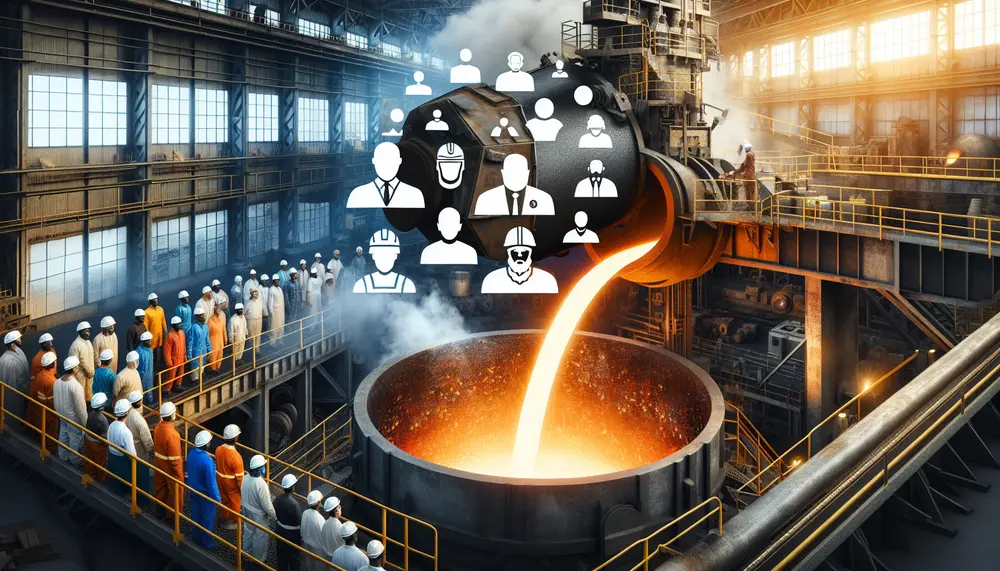
The concept of steelmaking grade is crucial in determining the quality and properties of steel, influencing efficiency, durability, and safety across various industries. Steel grades are classified based on chemical composition and production processes, with advancements in technology and global...
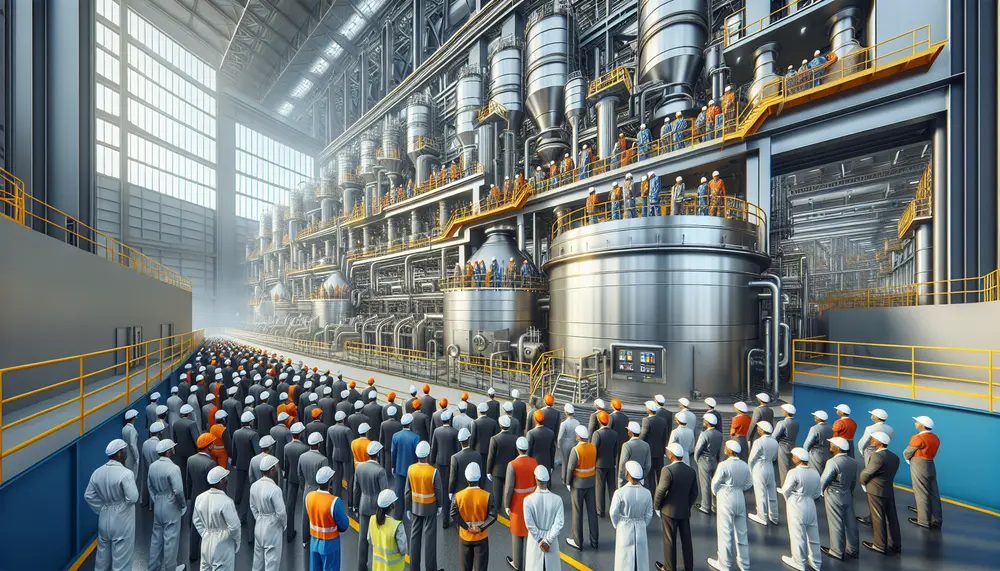
Vacuum degassing is a critical process in steel production that enhances the quality of steel by removing dissolved gases like hydrogen, oxygen, and nitrogen under vacuum conditions to prevent issues such as porosity and embrittlement. This method not only improves...
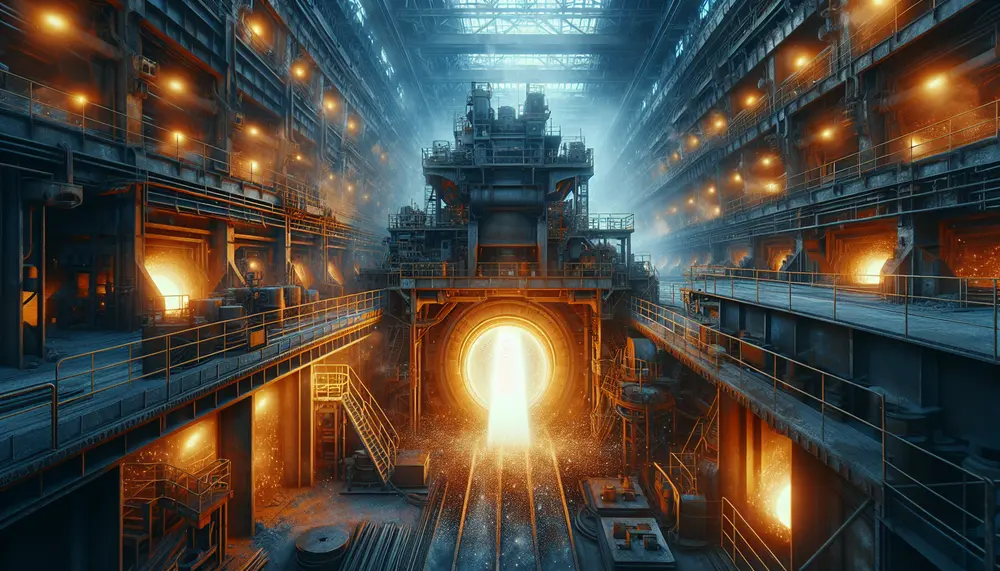
Oxygen plays a crucial role in steelmaking by reacting with carbon to reduce its content, thus transforming pig iron into high-quality steel and removing impurities like sulfur and phosphorus. The Basic Oxygen Steelmaking (BOS) process uses oxygen to accelerate reactions,...
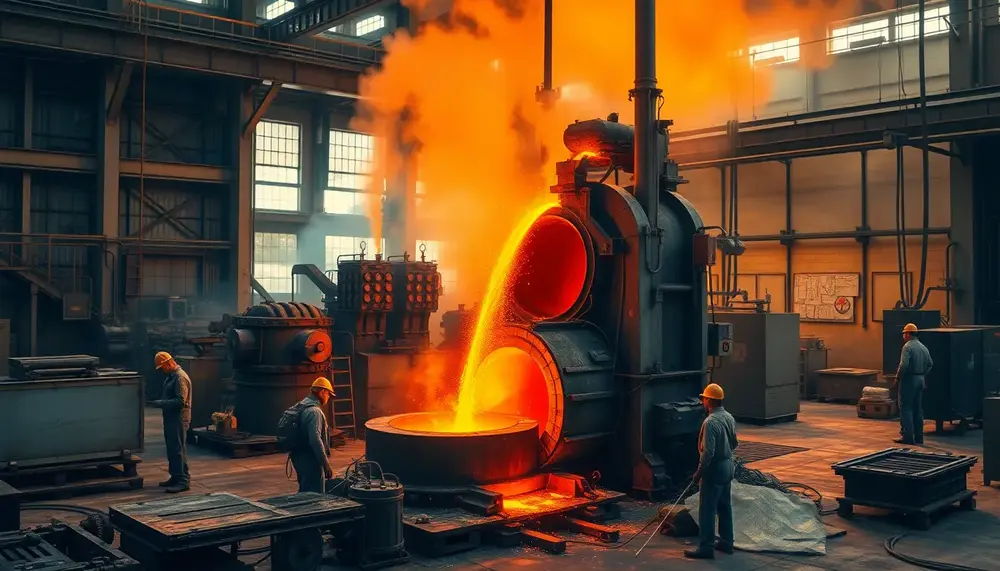
Steel refining transforms raw materials into high-quality steel by removing impurities and enhancing properties through advanced techniques like BOF, EAF, and DRI. Modern innovations ensure precision, efficiency, sustainability, and tailored applications across industries while addressing environmental challenges....
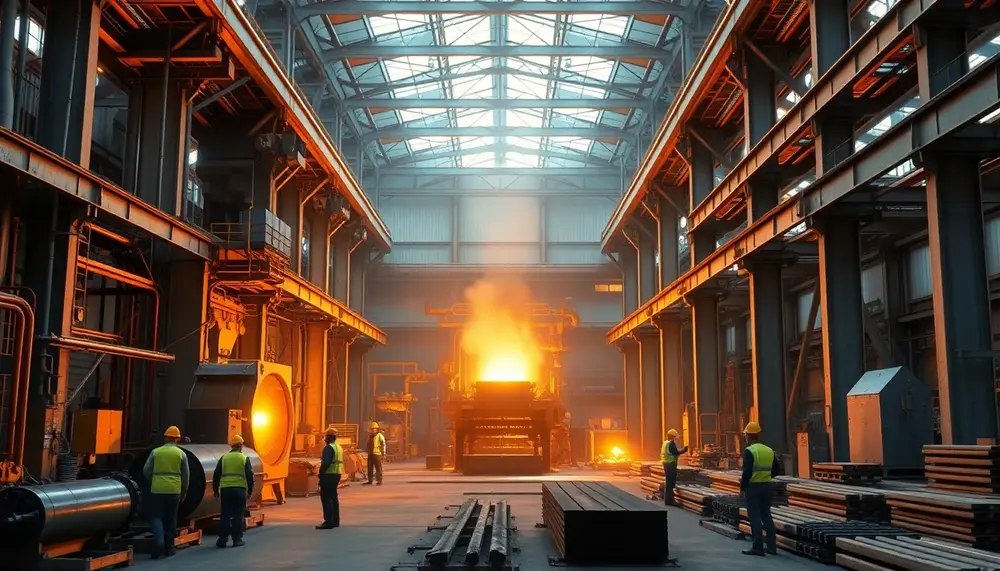
Modern steel factories combine advanced technology, automation, and strict quality control to transform raw materials into high-quality steel with precision and efficiency....
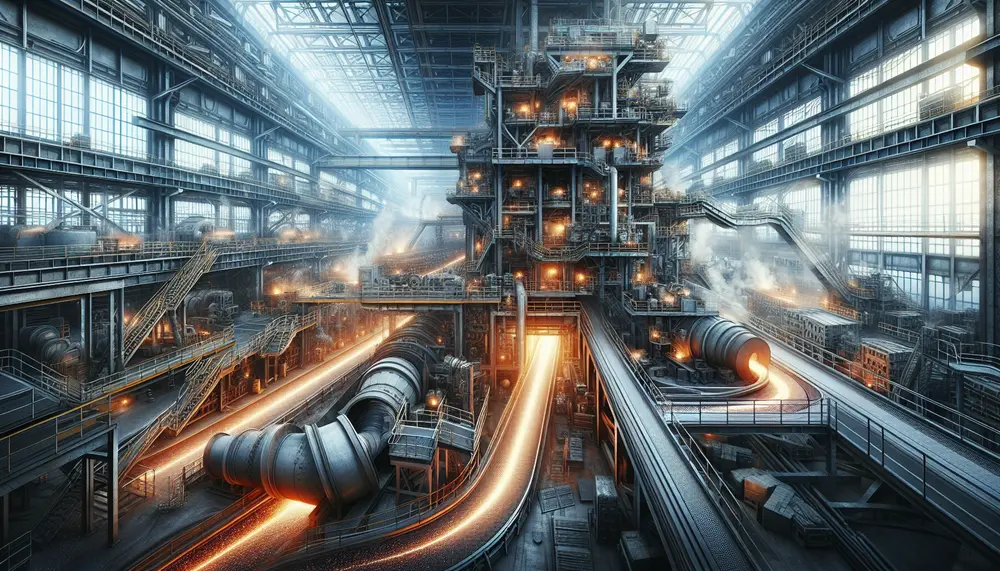
Steel manufacturing transforms iron ore into steel through a series of processes, starting with smelting in blast furnaces and including primary and secondary steelmaking to adjust chemical composition and remove impurities. The final product is cast, formed, and carefully temperature-controlled...

